Ottawa Branch
Governance
Background – The Role of a Branch
The role of a branch is, through its board of directors, to maintain, manage and grow the number of its members, to offer services to its members and to provide a forum for discussion; and the development of positions, policies and strategies that promote the objectives of the Association.
Committees
With over 33,000 members, the Branch faces a considerable workload. The Board of Directors has set up a number of committees and groups to tackle Branch issues that have to be resolved, and to perform a number of ongoing member services. This organization of responsibilities is not static, as we are constantly facing new challenges. All directors participate in one or more committees and groups, and we also rely on the assistance of a number of Branch members at large.
Background and General Mandate:
The Executive Committee is composed of the Branch President, two Vice-Presidents, the Treasurer, the Secretary, and the immediate Past President. Members of the Executive Committee are elected by the Board of Directors within two weeks of the Annual General Meeting. The Branch President serves as Chair of the Executive Committee. The Executive Committee reports to the Board of Directors.
Pursuant to Branch By-Law 10.1, the Executive Committee acts within the approved strategic and policy framework established by the Branch Board of Directors and manages the day-to-day business of the Ottawa Branch in relation to all matters that require administrative, operational, or immediate attention.
The Specific Mandate of the Branch Executive Committee is to:
- Ensure that the management of the day-to-day operations of the Branch are executed in an efficient, effective, and fully accountable manner.
- Serve as the Finance Committee of the Branch. Under the guidance of the Treasurer, assist in the preparation of budgets and financial statements for submission to the Board of Directors and meetings with the Auditor.
- Operate within the delegated spending authority as approved by the Branch Board of Directors.
- Operate within any written directives that may be received from the Branch Board of Directors.
- Obtain progress reports from the Treasurer, Managing Director, and others as required.
- Maintain contact with the Chairs of the Branch Committees to: verify that the necessary actions are being taken to implement Board decisions; seek to remedy operational constraints faced by the Committees in the implementation of their approved Action Plans; facilitate inter-committee coordination where required; and identify issues that Committee chairs may wish to bring before the Board.
- Prepare agendas for Branch Board of Directors, Annual, and General Meetings.
- Determine its own Committee procedures in accordance with Branch By-Laws and Rules of Order.
- Produce Minutes of all its meetings.
- Hire Branch office staff, including ensuring statements of duties are periodically reviewed, reviewing performance against established expectations, and approve changes to remuneration including benefits.
- Oversee the work of and ensure the Board of Directors take measures to recognize contributions made by volunteers.
- Establish and maintain relationships with other Branches and staff at the National Office, and other organizations with similar or shared interests.
- Make note of and act on developments that affect Branch members.
- Take all other action necessary to ensure the implementation of Board decisions including, between Board Meetings, acting in place of the Board of Directors with the full powers of the Board on all matters concerning the Branch as may require administrative, operational and/or immediate attention.
Deliverables and Authorities
The Executive Committee prepares an annual Action Plan for the Board’s approval. The plan includes a budget which is prepared in consultation with the Treasurer. Once approved, the Executive Committee operates within the approved plan and budget.
Branch projects generally come under the management of Branch Committees. Where the subject matter falls outside the mandates of existing Branch Committees or cuts across their interests, the Executive Committee may take upon itself a particular project or propose the establishment of a special Ad Hoc Committee, Task Force, etc. In such instances, the Executive Committee develops background papers, work plans and budgets for the approval of the Board of Directors. Once approved, the Executive Committee has the authority to implement the approved projects.
Meeting Frequency and Quorum
Executive Committee meetings normally precede the monthly meeting of the Board of Directors. They may be called by the Chair; or held if requested by two or more members of the Committee. There must be at least 48 hours formal notice of a meeting to all members. Quorum is half of the Committee members.
Records of Meetings
Minutes of the Executive Committee meetings and its List of Action Items are tabled at each meeting of the Board of Directors. The Branch President, in his capacity as Chair of the Executive Committee, highlights issues of particular importance or concern.
Member’s Focus
Recruiting and retaining new and existing members is the lifeblood of the association. Although growing the membership is important, it is equally as vital to maintain the current membership. As well ensuring recruitment, retention and service offering strategies intersect and engage satisfied members will help us achieve the committee’s focus.
Role/Purpose
The Members Committee is a Committee of the Board of Ottawa Branch and has such will report and make recommendations to the Board. The Members committee will guide, nurture and lead the fostering of membership retention and growth and enhance NAFR Ottawa membership by ensuring our offerings benefits what the membership is seeking and provides purpose and value for their membership dollars. The Members committee sets out to achieve the following outcomes:
- Leverage other organizations to benefit the membership via information sharing, services, benefits, and opportunities to engage
- Look to opportunities to create exchanges of information and ideas and when possible, members to meet
- Undertake to get feedback, via evaluation of offerings, surveys, polling, focus groups to ever green the memberships input satisfaction level and adapt, adjust the offerings as required.
- Engage existing members in the recruitment, reach out, engagement and mentoring of new members.
- Create and oversee as required task groups for specific activities for visibility and outreach, and share experiences, offerings with other branches.
Membership
The Members Committee is comprised of Ottawa Branch Board members and for 2022 there are 5 Board members and as ex officio the Ottawa Branch Manager.
Meetings
All meetings will be held the first Monday afternoon of each month. A meeting quorum will be (3) members of the Member’s committee and or 50% plus one of the members. Decisions are made by consensus or by a vote of 50% plus one member (i.e., members are satisfied with the decision even though it may not be their first choice). If not possible, the member’s committee chair makes the final decision
Meeting agendas and action items will be prepared on a rotating basis, where each member will play an active role in the preparing of material, this includes:
- preparing agendas and supporting papers,
- preparing action items and information.
- Briefing the Board on outcomes of committee deliberations
Meetings will be held as required. If required subgroup meetings will be arranged at a time convenient to subgroup members.
The Members committee will work in tandem with the Ottawa Office staff and Branch Manager to benefit from their expertise, network and data sources.
The Committee is comprised of at least one Ottawa Branch Board member and three other volunteers, who must be members of the Ottawa Branch. The President of the Ottawa Branch is an ex-officio member. The Managing Director is also an ex-officio member but without voting rights. The Chairperson must be a member of the Board.
The mandate of the Branch Community Liaison Committee is to engage with local senior-oriented organizations which address seniors’ health, pensions and well-being issues which are congruent with the Association’s priorities, goals and strategic objectives.
The goals of the Branch Community Liaison Committee are:
- to identify, liaise with and collaborate with institutions/organizations that manage and/or provide benefits and social services to seniors at the local level, including to Association’s members;
- to coordinate with the Standing Committees of the Ottawa Branch to keep the Ottawa Branch membership informed of local issues and activities with which the Board is involved;
- to cooperate with the Standing Committees of the Ottawa Branch to seek, on an ongoing basis, input from the Ottawa Branch membership on local issues of interest and importance to them;
- to encourage and facilitate the involvement of the Ottawa Branch membership in collaborative activities with Ottawa area senior-oriented organizations;
- to keep National Office and the Provincial Advocacy Officer/Committee informed on the needs and interests of the Ottawa membership;
- to provide support and assistance to the National Office and Provincial Advocacy Officer/Committee activities as appropriate; and
- to increase the profile of the Ottawa Branch of the Association, as a seniors’ organization, in the Ottawa city area.
Ottawa Branch By-Laws
The by-laws were approved at the General Members Meeting held on October 26th, 2016. They were amended at the Annual Members Meeting on May 6th 2021.
Accessibility Policy
The NAFR Ottawa Branch is committed to excellence in serving all customers including people with disabilities.
We ensure that our volunteers and staff are trained and familiar with various assistive devices that may be used by customers with disabilities while accessing our services.
We communicate with members and people with disabilities in ways that take into account their disability.
We welcome people with disabilities and their service animals. Service animals are allowed on the parts of our premises that are open to our members.
A person with a disability who is accompanied by a support person will be allowed to have that person accompany them on our premises.
In the event of a planned or unexpected disruption to services or facilities that will impact members with disabilities (e.g. access ramp), NAFR Ottawa will notify the members promptly. A posted notice will include information about the reason for the disruption, its anticipated length of time, and a description of alternative facilities or service, if available. The notice will be placed at our location at 2285 St. Laurent Blvd., Unit B-2, Ottawa, Ontario and/or posted on this website.
NAFR Ottawa will provide training to employees, volunteers and others who deal with the public or other third parties on NAFR’s behalf. All staff located at the Branch Office will be trained. Such training will include:
- An overview of the Accessibility for Ontarians with Disabilities Act, 2005 and the requirements of the customer service standard;
- NAFR Ottawa’s Accessible Customer Service Plan;
- How to interact and communicate with people with various disabilities;
- What to do if a person with a disability is having difficulty accessing NAFR Ottawa’s goods and services.
Members who wish to provide feedback on the way NAFR Ottawa provides services to people with disabilities can do so by emailing their comments to the NAFR Ottawa Branch at [email protected] or by telephone at 613-737-2199. Complaints will be addressed according to the organization’s regular complaint management procedures.

